GPCR/G protein

All GPCRs share a common seven trans-membrane structure. GPCRs are associated with heterotrimeric G-proteins which are GTP-binding proteins made of alpha, beta, and gamma subunits. When a ligand binds to GPCR, it activates the attached G-protein, the GDP is replaced with GTP. The activated G-protein then dissociates into an alpha and a beta-gamma complex which activates downstream signaling pathways. These intracellular signaling pathways include cAMP/PKA, calcium/NFAT, phospholipase C, protein tyrosine kinases, MAP kinases, PI-3-kinase, nitric oxide/cGMP, Rho, and JAK/STAT.
GPCRs are one of the most important therapeutic targets for various diseases, over 30% of all modern medicinal drugs target this family. Aberrant GPCR functions are involved in pathological conditions such as neurological, immunological and hormonal disorders. A large number of GPCRs have been identified, but whose ligands are not known, are classified as orphan receptors.
-
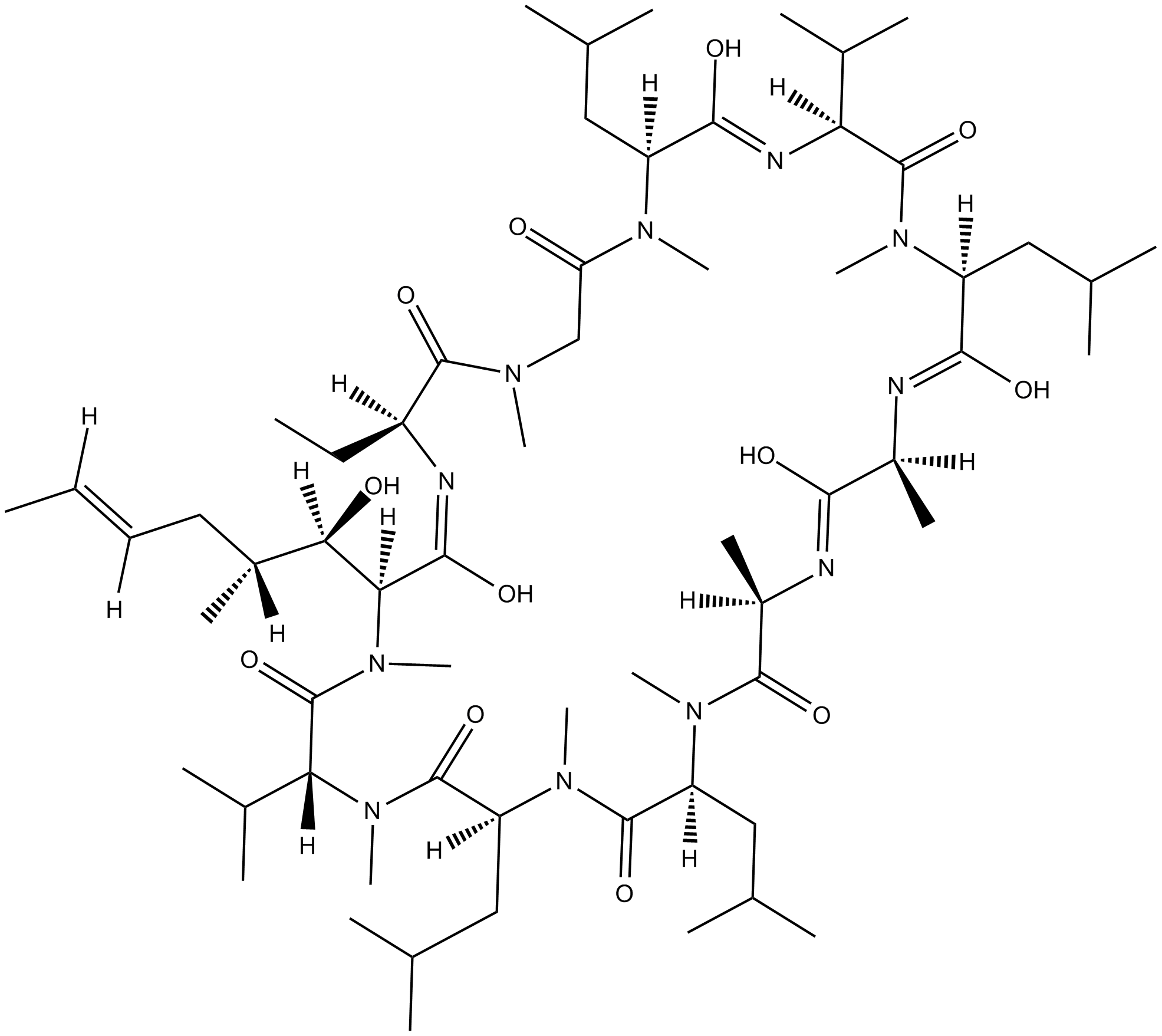 B5921 Cyclosporin HSummary: Selective and competitive formyl peptide receptor antagonist
B5921 Cyclosporin HSummary: Selective and competitive formyl peptide receptor antagonist -
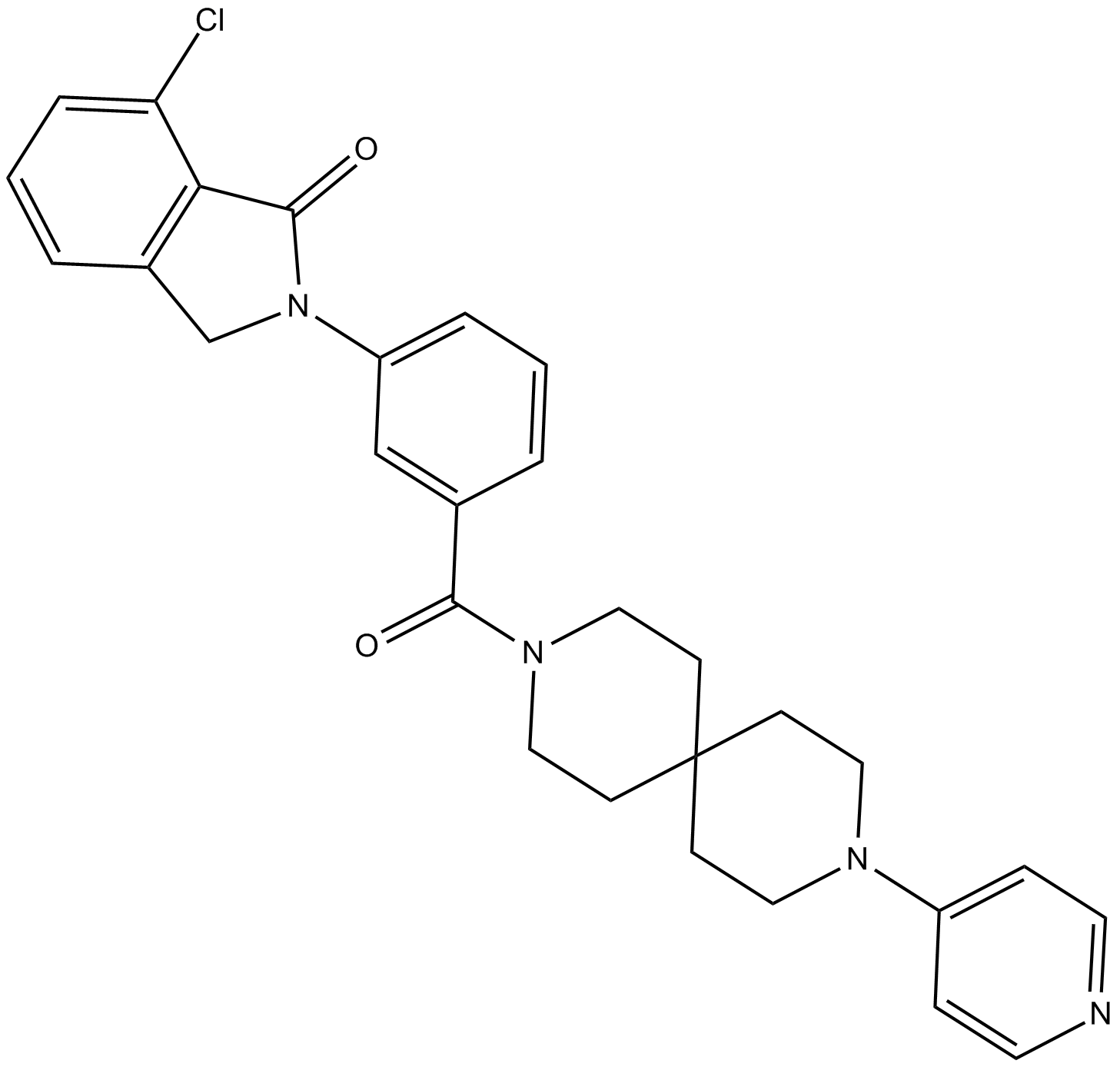 B5925 ELN441958Summary: Potent and selective bradykinin B1 receptor antagonist
B5925 ELN441958Summary: Potent and selective bradykinin B1 receptor antagonist -
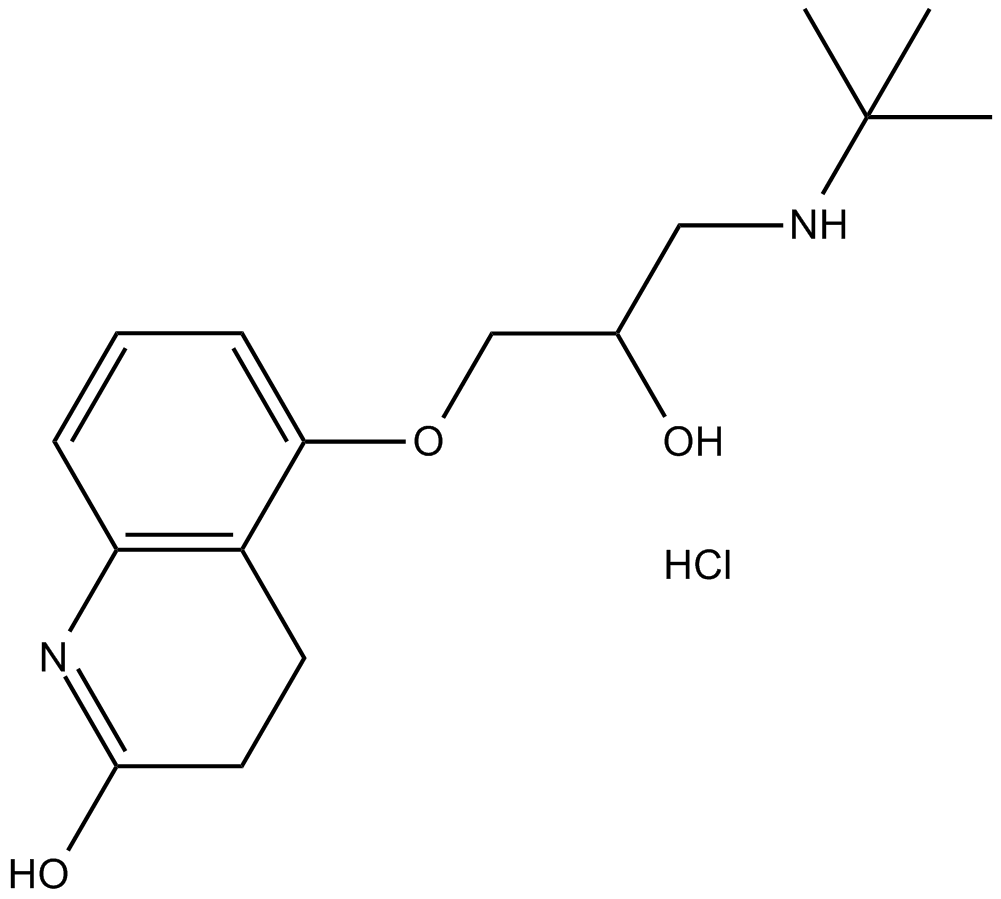 B5944 Carteolol HClSummary: Non-selective beta-adrenoceptor antagonist
B5944 Carteolol HClSummary: Non-selective beta-adrenoceptor antagonist -
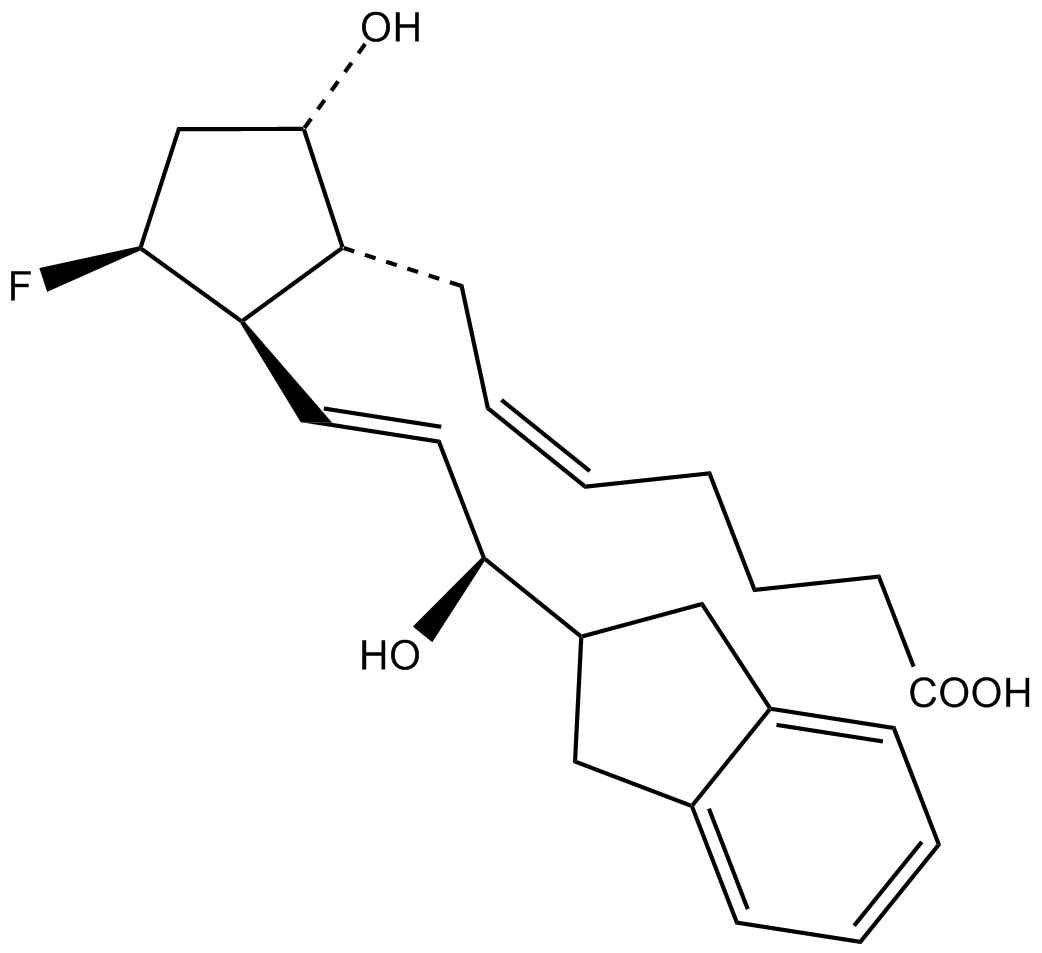 B4575 AL 8810Target: prostaglandin FP receptorSummary: Antagonist of prostaglandin F2α (FP) receptor.
B4575 AL 8810Target: prostaglandin FP receptorSummary: Antagonist of prostaglandin F2α (FP) receptor. -
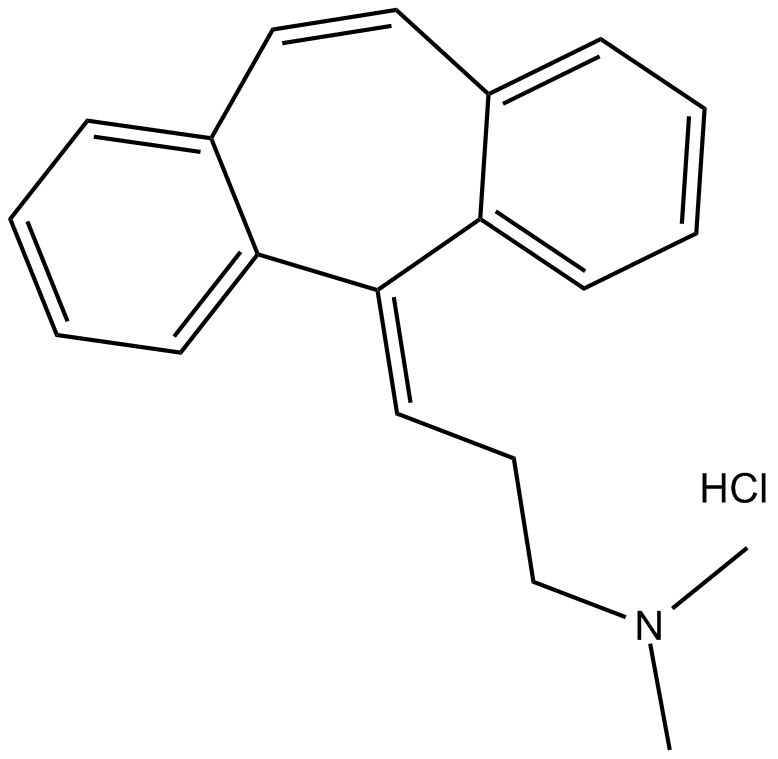 B5994 Cyclobenzaprine HClSummary: 5-HT2 receptor antagonist
B5994 Cyclobenzaprine HClSummary: 5-HT2 receptor antagonist -
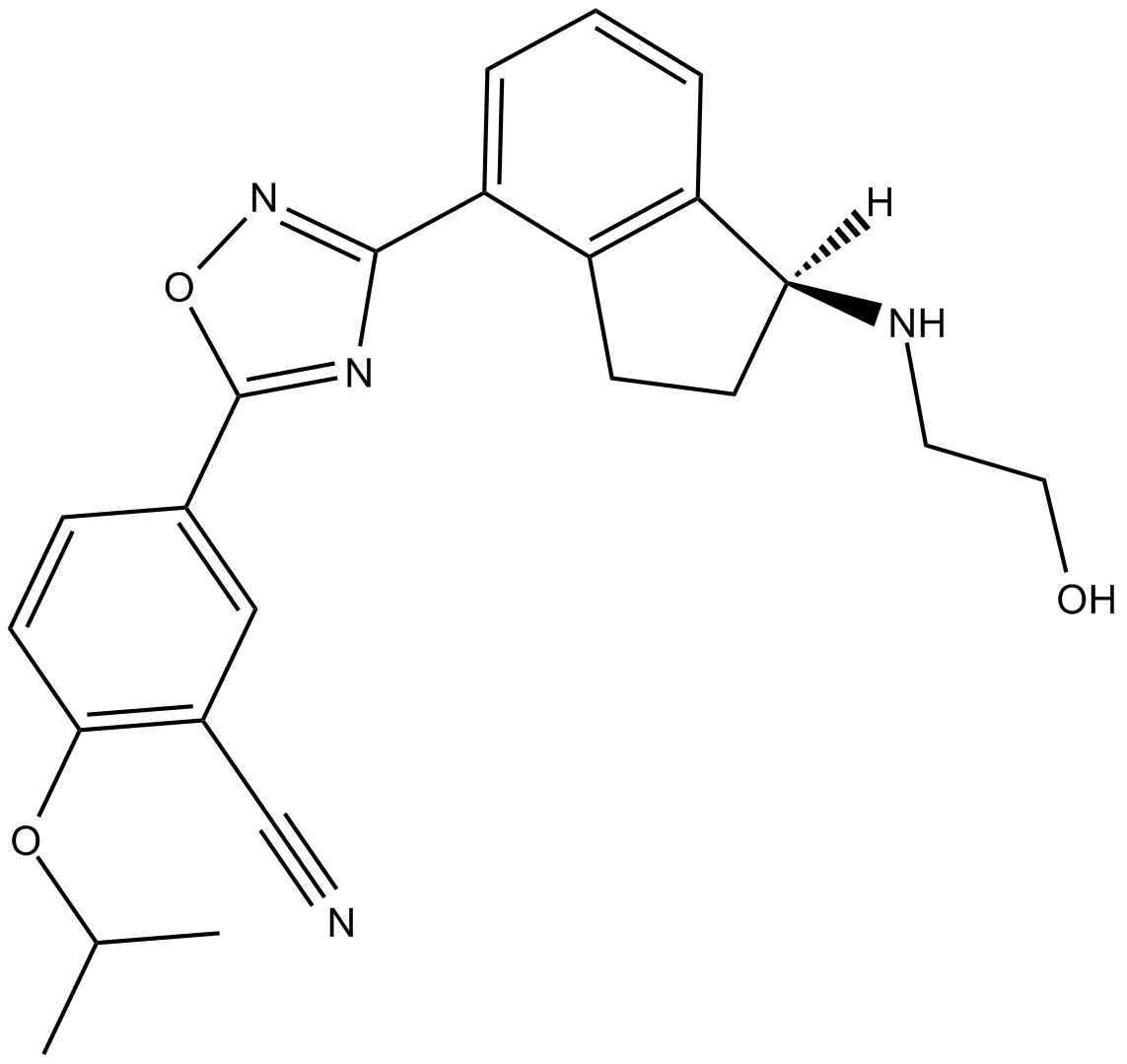 B6038 Ozanimod (RPC1063)Summary: agonist of the sphingosine-1-phosphate receptor subtypes 1 and 5
B6038 Ozanimod (RPC1063)Summary: agonist of the sphingosine-1-phosphate receptor subtypes 1 and 5 -
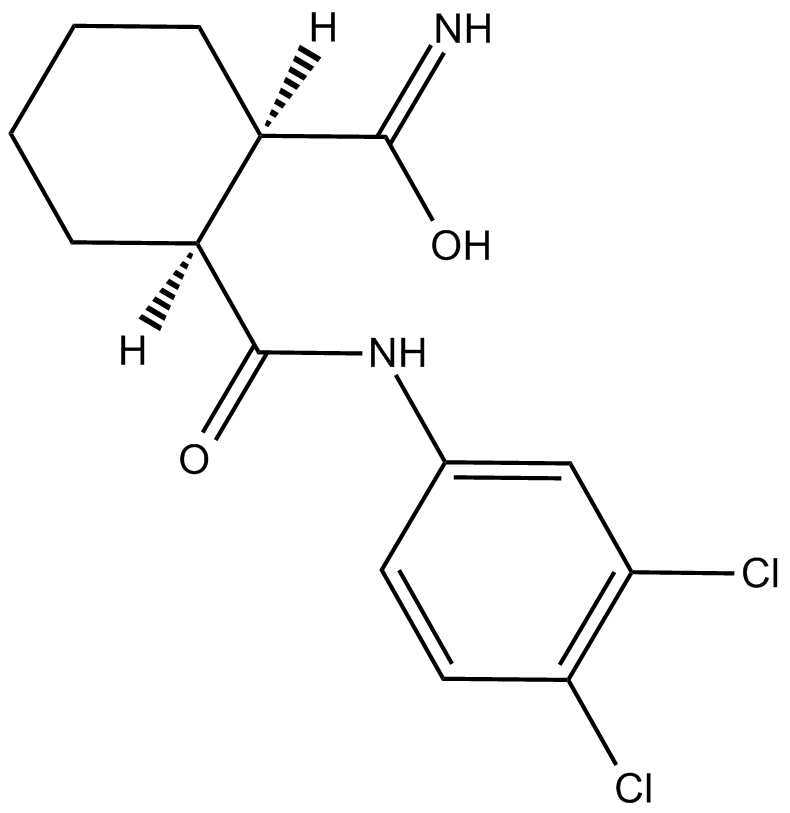 B6111 Lu AF21934Summary: positive allosteric modulator of mGlu4 receptors
B6111 Lu AF21934Summary: positive allosteric modulator of mGlu4 receptors -
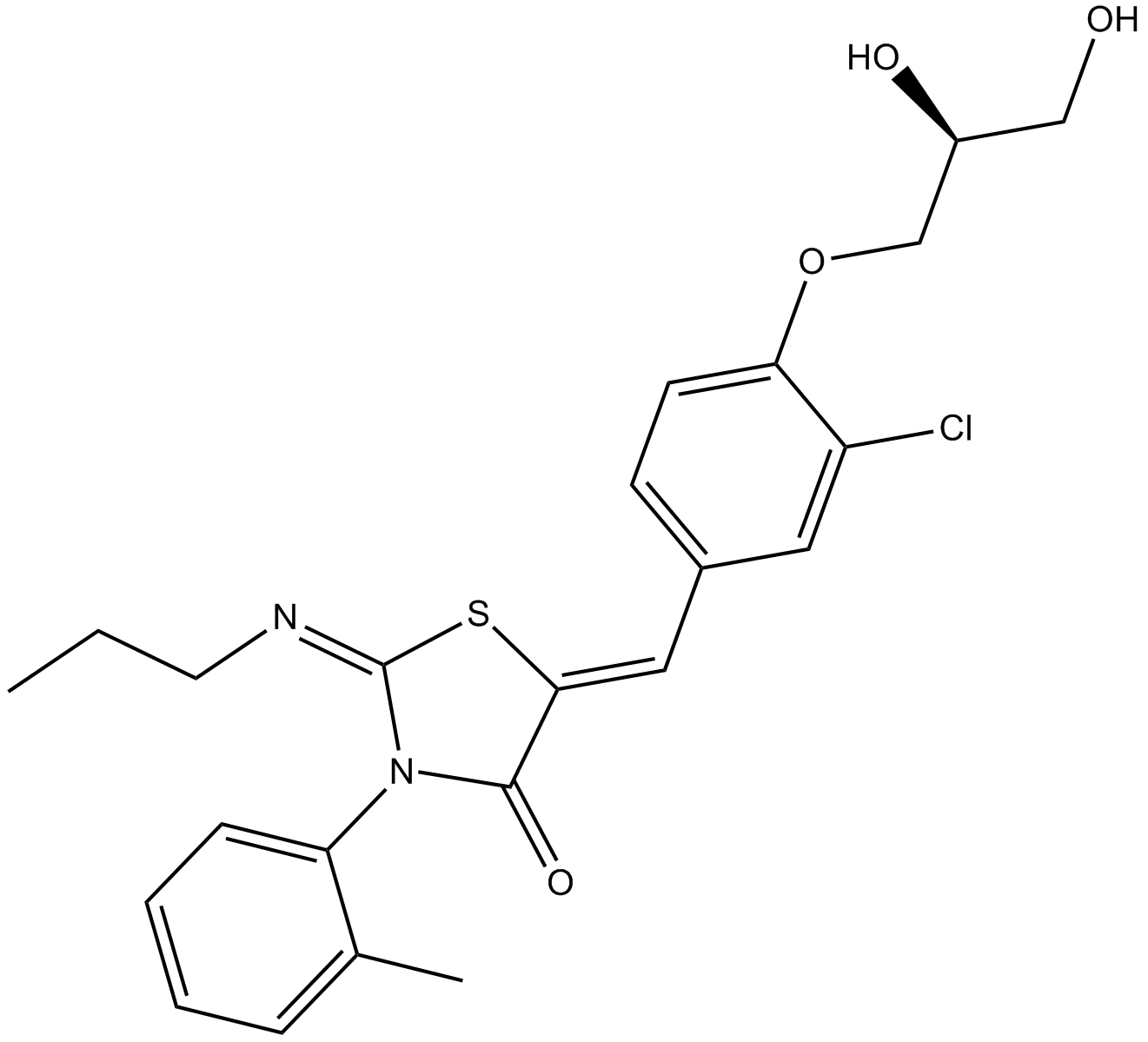 B7809 PonesimodSummary: sphingosine-1-phosphate receptor 1 (S1P1) modulator
B7809 PonesimodSummary: sphingosine-1-phosphate receptor 1 (S1P1) modulator -
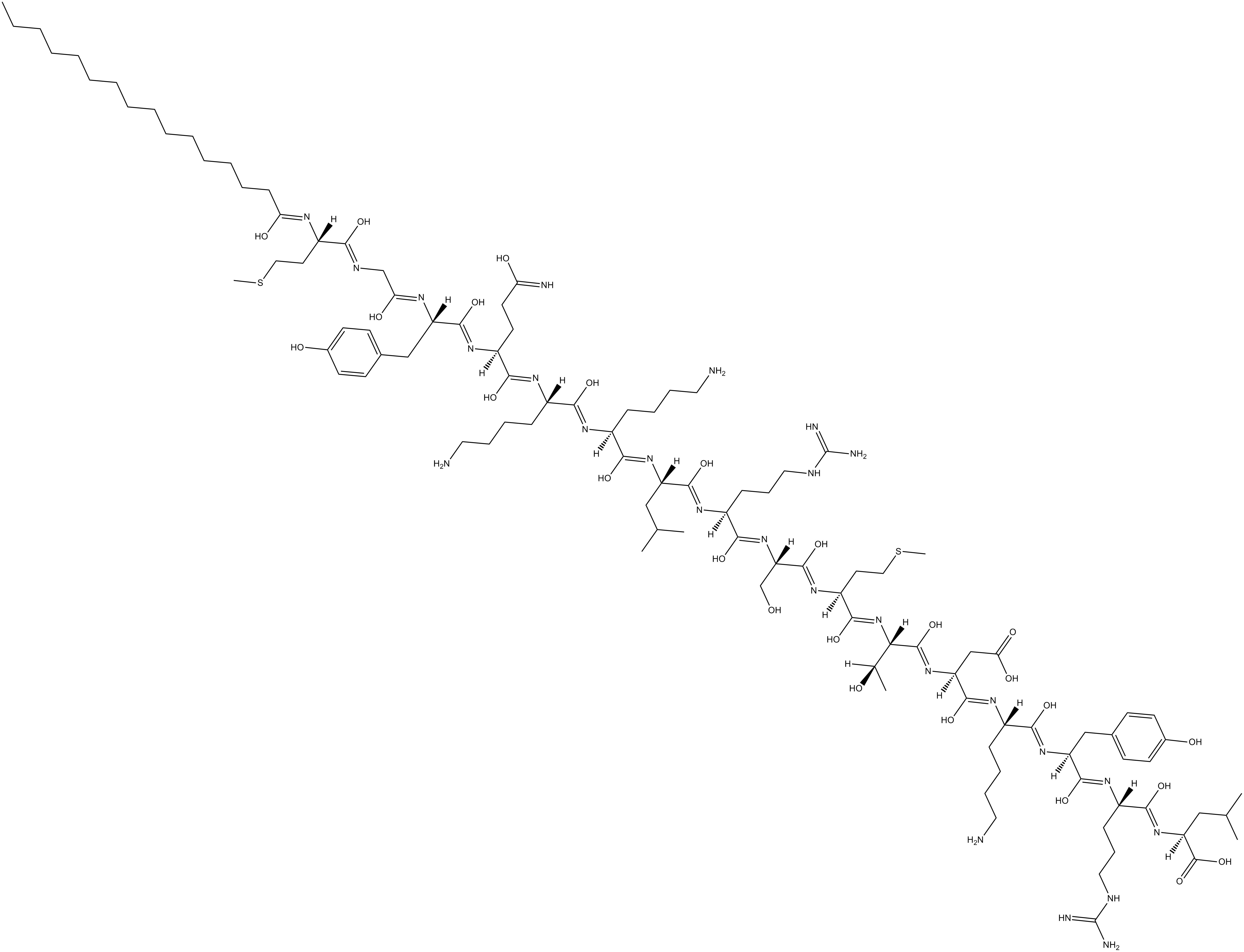 B7814 ATI-2341Summary: CXCR4 allosteric agonist
B7814 ATI-2341Summary: CXCR4 allosteric agonist -
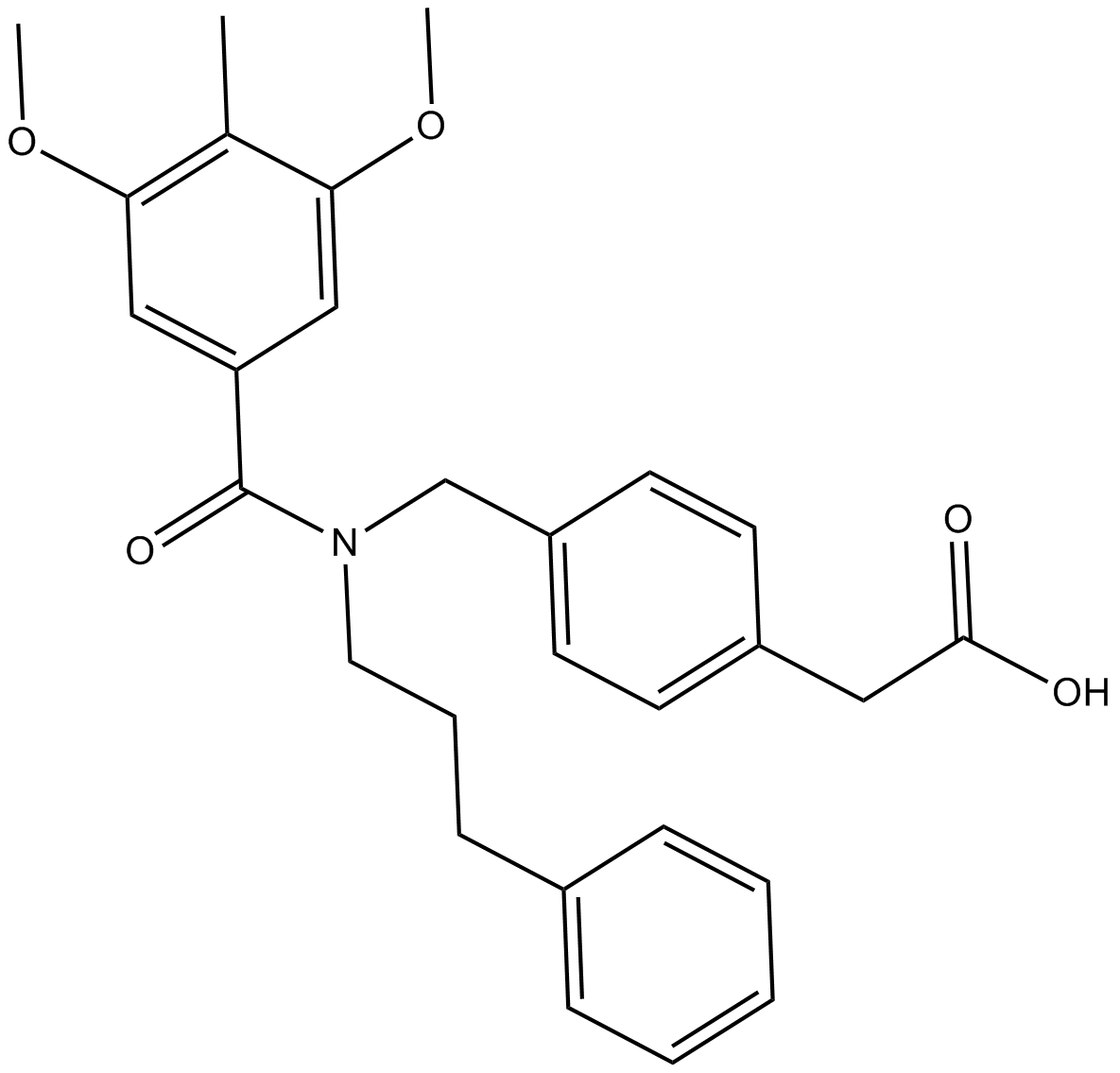 B7818 ONO-7300243Target: LPASummary: LPA1 antagonist
B7818 ONO-7300243Target: LPASummary: LPA1 antagonist

